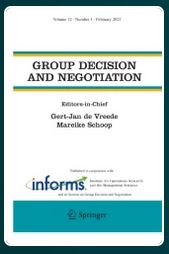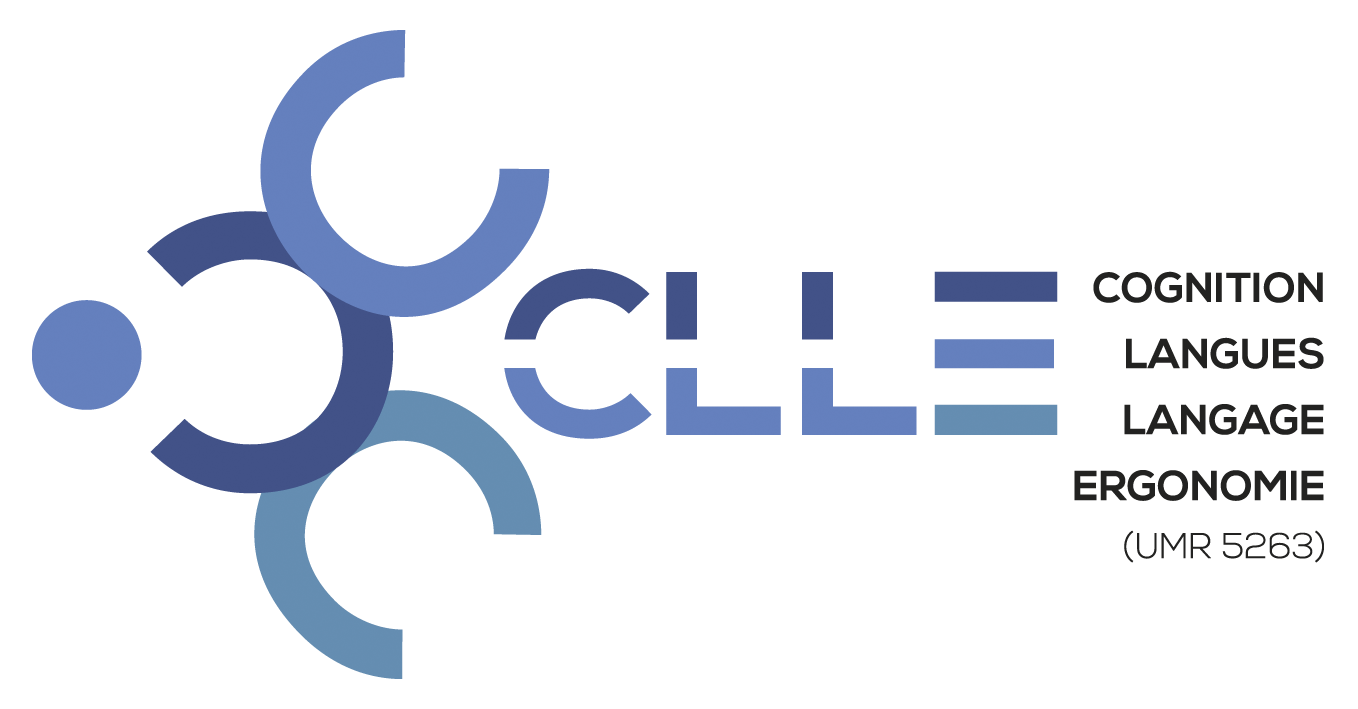-
Partager cette page
Deception in negotiations: Making people more honest with a two-factor approach
Publié le 25 septembre 2024 – Mis à jour le 25 novembre 2024
Srour, C., Py, J. (CLLE)

Dematerialized negotiations are increasing and tend to foster deceptive exchanges, while also limiting the ability to detect signs of deception. We therefore tested whether it was possible to deter negotiators from producing deceptive statements in the first place, by manipulating the mental conflict of lying (Dissonance factor) and increasing the perceived risk of being disbelieved if lying (Risk factor). A total of 458 participants were recruited online and placed in a buyer/supplier email negotiation scenario in one of eight experimental groups, manipulating the Dissonance factor (using, or not, a “you have the reputation of being honest and trustworthy” pro-social labeling technique), and Risk factor (three price levels of an alleged alternative offer and a control group). They were ultimately, as suppliers, asked their own purchasing price by the buyer—a highly sensitive piece of information. Results showed that the proportion of participants giving a true price in response to the question of their own purchasing price was significantly higher when they were exposed to our deception deterrence factors. Of the participants who did not dodge the question entirely, 38.1% of the control condition (no Dissonance, no Risk factor) gave their true purchasing price, compared to 80.8% in the combined Dissonance/Highest Risk factor level condition. Professionals can thus use simple theory-based deception deterrence factors to make their counterpart more honest in negotiations.





